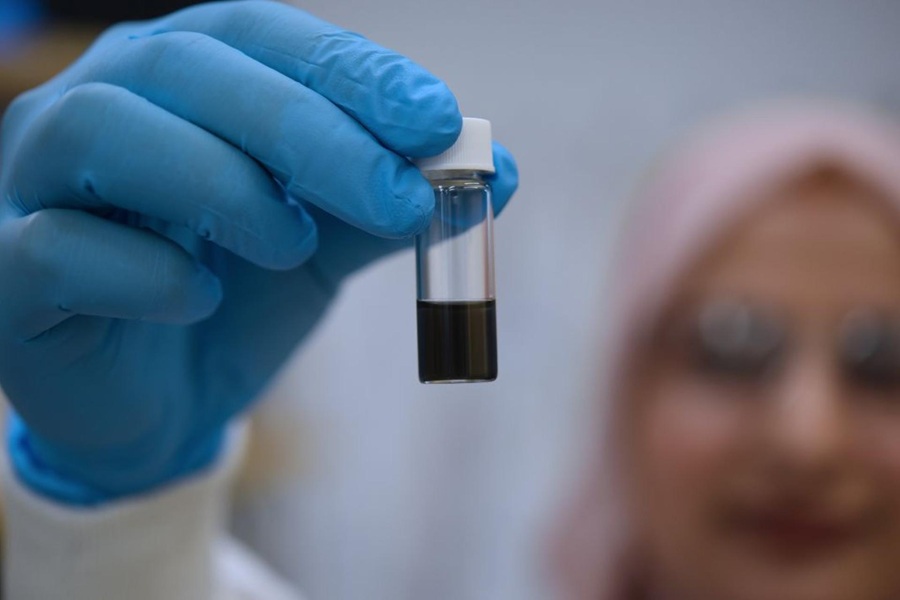Live Cells Detect Food-Borne Pathogens, Toxins
By Labmedica staff writers
Posted on 11 Mar 2008
A new technology can simultaneously screen thousands of samples of food or water for several dangerous food-borne pathogens in one to two hours. The technique also can estimate the amount of microbes present and whether they pose an active health risk. This could help neutralize potential threats and improve food-processing techniques.Posted on 11 Mar 2008
The technology utilizes live mammalian cells that release a measurable amount of a signaling chemical when harmed. Optical equipment and computer software then analyze this quantity to estimate the amount of harmful microbes present. The technology can recognize very small amounts of Listeria monocytogenes; a bacterium that kills one in five infected, and is the leading cause of food-borne illness. It also recognizes several species of Bacillus, a non-fatal but common cause of food poisoning.
The cells are suspended in collagen gel, a substance that captures particles of a desired size, and put into small wells within multiwell plates. Each well can test one sample, so tests can be expanded to quickly analyze as many samples as desired. Because the technology tests for bacteria and toxins that attack cell membranes, cells are used with high amounts of alkaline phosphatase, the signaling chemical released upon damage to the cell membrane.
Samples of food and water are added to biosensor wells before being incubated for one to two hours. To each well a chemical is added that reacts with the biosensor's alkaline phosphatase, yielding a yellow product that is quantified by a special camera and a computer.
Actively harmful pathogens are identified whereas those that are inactive or harmless are ignored. Other tests lack this capability, making them prone to false alarms and entailing a relatively lengthy incubation period to culture any living microbes. The new technology's discerning power also could help optimize processes to kill harmful microbes or deactivate toxins.
The technique is versatile, and the multiwell plates and their contents of gel-suspended mammalian cells can be prepared in a central location. When desired, the plates could then be shipped to the test location, such as a food-processing plant, so that on-site analysis could take place.
The suspension of live mammalian cells within a collagen gel is unique, according to the scientists from Purdue University (West Lafayette, IN, USA) who developed the technique, which was described in the February 2008 issue of the journal Laboratory Investigation.
Related Links:
Purdue University














